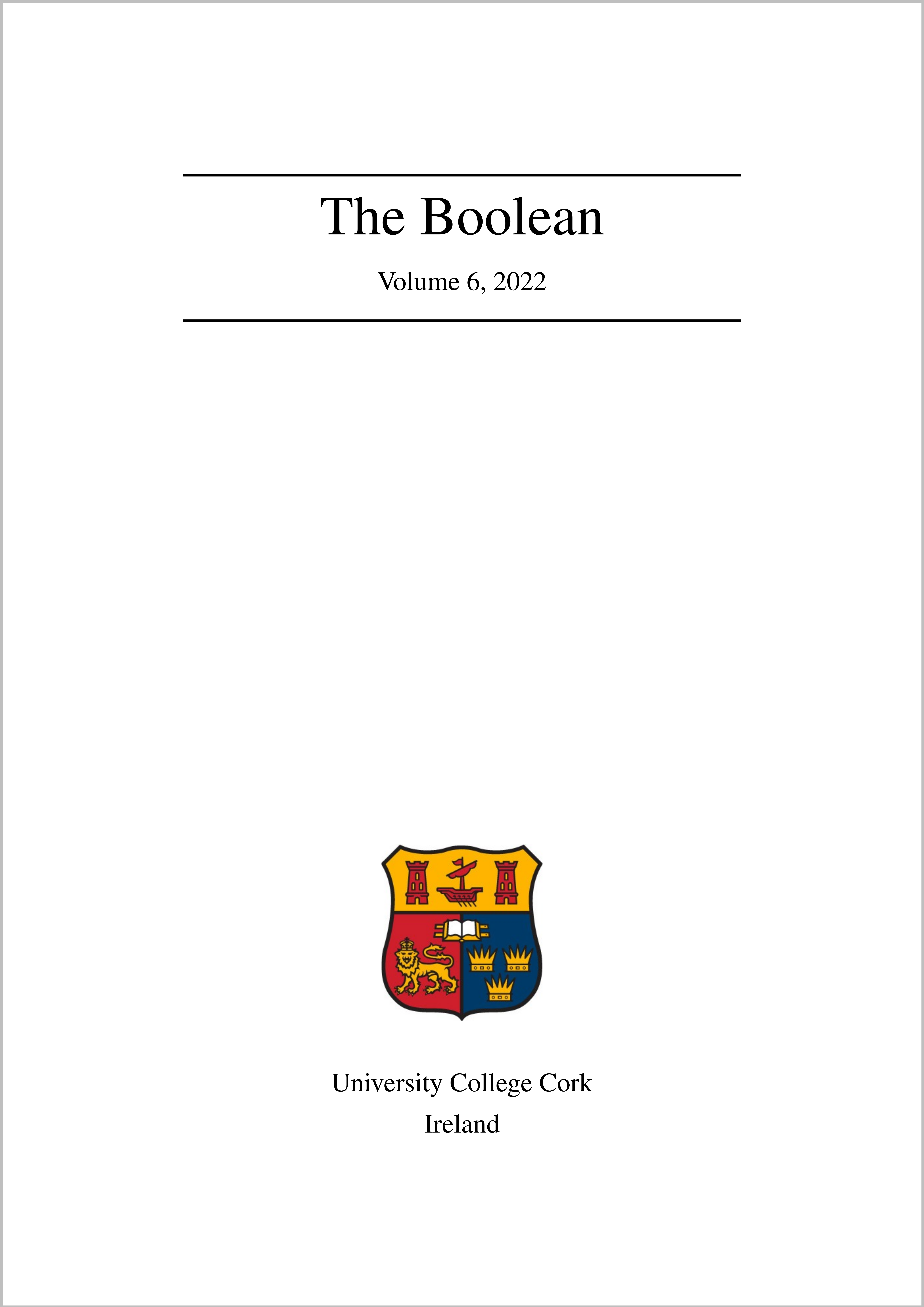Daily Experiences and Adolescent Health
DOI:
https://doi.org/10.33178/boolean.2022.1.25Keywords:
stress, adolescence, adolescent healthAbstract
Daily stress experiences trigger biological and psychological responses that help to manage the stress experience. However, if repeated or chronic, these stress responses are harmful to biological and psychological health. Stress during adolescence is especially important to consider because it can entirely reshape the persons’ lifelong health and disease risk. This reshaping of health occurs partly as a result of stress-induced biological changes, conceptualised as ‘allostatic load’. Allostatic load is the cumulative cost of chronic stress experiences and is measured using biomarkers of risk in the body’s cardiovascular and metabolic systems. There is strong evidence of the relationship of stress and allostatic load in adults, but this relationship is rarely considered in adolescents, despite evidence that adolescents experience transition-stress via the biopsychosocial changes during this developmental stage. As this transition-stress is experienced when adolescents are still developing stress-regulation skills, the effects of stress may be exacerbated, and manifest as allostatic load. Preventing the onset and progression of allostatic load requires adaptive patterns of stress regulation in combination with positive health behaviours. The aim of this research is to understand the interaction of these factors and identify effective ways for adolescents to reduce allostatic load risk and develop positive health behaviours. This project will measure allostatic load (i.e. cardiovascular and metabolic biomarkers), daily experiences, (using ecological sampling methodologies) and health behaviours (e.g. sleep, exercise) in adolescents to investigate the interaction of psychological and biological processes. The project will contribute to adolescent health research by mapping the interaction of biology and psychosocial experience at adolescence, which is critical for developing interventions to improve lifelong biological and psychological health.
References
Sarah C Johnson, Francesca L Cavallaro, and David A Leon. A systematic review of allostatic load in relation to socioeconomic position: poor fidelity and major inconsistencies in biomarkers employed. Social Science & Medicine, 192:66–73, 2017.
Bruce S McEwen. Stress, adaptation, and disease: Allostasis and allostatic load. Annals of the New
York academy of sciences, 840(1):33–44, 1998.
Teresa E Seeman, Burton H Singer, John W Rowe, Ralph I Horwitz, and Bruce S McEwen. Price of adaptation—allostatic load and its health consequences: Macarthur studies of successful aging. Archives of internal medicine, 157(19):2259–2268, 1997.
Eadaoin Whelan, Jen O’Shea, Eithne Hunt, and Samantha Dockray. Evaluating measures of allostatic load in adolescents: A systematic review. Psychoneuroendocrinology, 131:105324, 2021.
Downloads
Published
Issue
Section
License
Copyright (c) 2022 Eadaoin Whelan

This work is licensed under a Creative Commons Attribution-NonCommercial-NoDerivatives 4.0 International License.



